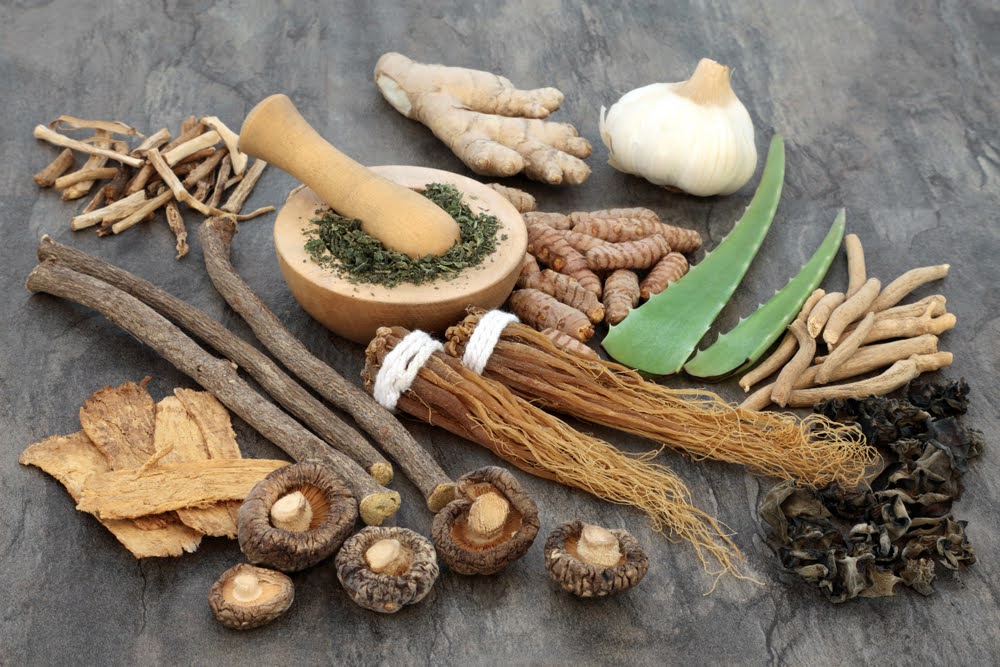

· By Tyler Edge
Functional Mushroom Fruiting Body vs Mycelium
Mushrooms are popular in foods and supplements, but not all parts are the same. The two main parts you hear about are the fruiting body and the mycelium. The fruiting body is the part you see above ground—the classic mushroom shape with a cap and stem. The mycelium is the hidden network of thin threads that grow underground or inside wood, acting like the mushroom’s roots.
If you’ve taken mushroom supplements or similar products before, you may have noticed one or both of these words on the ingredients list. This post will break down the difference between the functional mushroom fruiting body vs mycelium, including their nutrient profile and which one is most beneficial.
What is the Fruiting Body?
The fruiting body is what most people picture when they think of mushrooms. It’s what you eat when you cook with mushrooms at home.
These parts have:
- Protein: Not as much as animal foods, but still a good plant source.
- Fiber: Helps keep your digestion running smoothly.
- Vitamins: B vitamins, and sometimes vitamin D if the mushroom gets sunlight.
- Minerals: Includes potassium, phosphorus, and iron.
- Special Compounds: Contains unique substances like polysaccharides and antioxidants that support health.
The fruiting body of a mushroom grows above ground or on wood and soil. To grow properly, it needs the right combination of moisture, light, and temperature. It usually takes weeks or months to grow a fruiting body.
What is Mycelium?
Mycelium is less visible but just as important. It’s the part that absorbs nutrients from the environment.
Mycelium offers:
- Protein: Often more than the fruiting body, making it a strong plant protein choice.
- Fiber: Especially rich in types like beta-glucans and chitin, which are good for your gut.
- Vitamins: Mostly B vitamins, but this can depend on how it’s grown.
- Minerals: Absorbs minerals from its growing medium, so it can be rich in zinc, iron, and phosphorus.
-
Special Compounds: Contains fibers and other substances that support overall well-being.
Mycelium grows underground or inside materials like grains. It usually grows quickly when the environment is controlled, and can be ready in just a few days.
Functional Mushroom Fruiting Body vs Mycelium
Both the fruiting body and mycelium have unique nutrient profiles. Let’s see how they stack up against each other in three key areas: protein, gut support, and vitamins.
Protein
Mycelium is a standout for people who want more plant-based protein. It can contain more protein than the fruiting body, and some types are even used as meat alternatives because of their texture and nutrition.
Gut Support
Both parts have fiber, but mycelium has unique fibers that are especially helpful for digestive health. Fruiting bodies also have fiber, but usually in different forms and amounts.
Vitamins and Minerals
Both the fruiting body and mycelium provide vitamins and minerals. What they offer depends on how and where they are grown. Mycelium absorbs what’s in its growth medium, so it can be packed with minerals if the medium is rich in them.
Mushroom Supplements: What to Look For
When you pick a mushroom supplement, check the label to see which part is used.
Fruiting body supplements are made from the cap and stem of the mushroom. You’ll see “fruiting body” on the label of these supplements. Mycelium supplements, on the other hand, will have “mycelium” or “myceliated grain” on the label.
The best choice for a mushroom supplement depends on your goals. If you want the classic mushroom benefits and unique compounds, go for the fruiting body. If you want more plant protein, fiber, or a sustainable choice, pick mycelium. Many people use both to get the full range of benefits that functional mushrooms have to offer.
Mushroom Fruiting Body and Mycelium
Both mushroom fruiting bodies and mycelium have unique benefits and nutrients. Fruiting bodies are the usual choice because they are full of special compounds. It's easy to grow mycelium, which is full of protein and fiber.
When picking a supplement, think about what you want most: the classic mushroom experience or the extra fiber and protein from the mycelium. You'll be making a healthy, eco-friendly choice either way.






